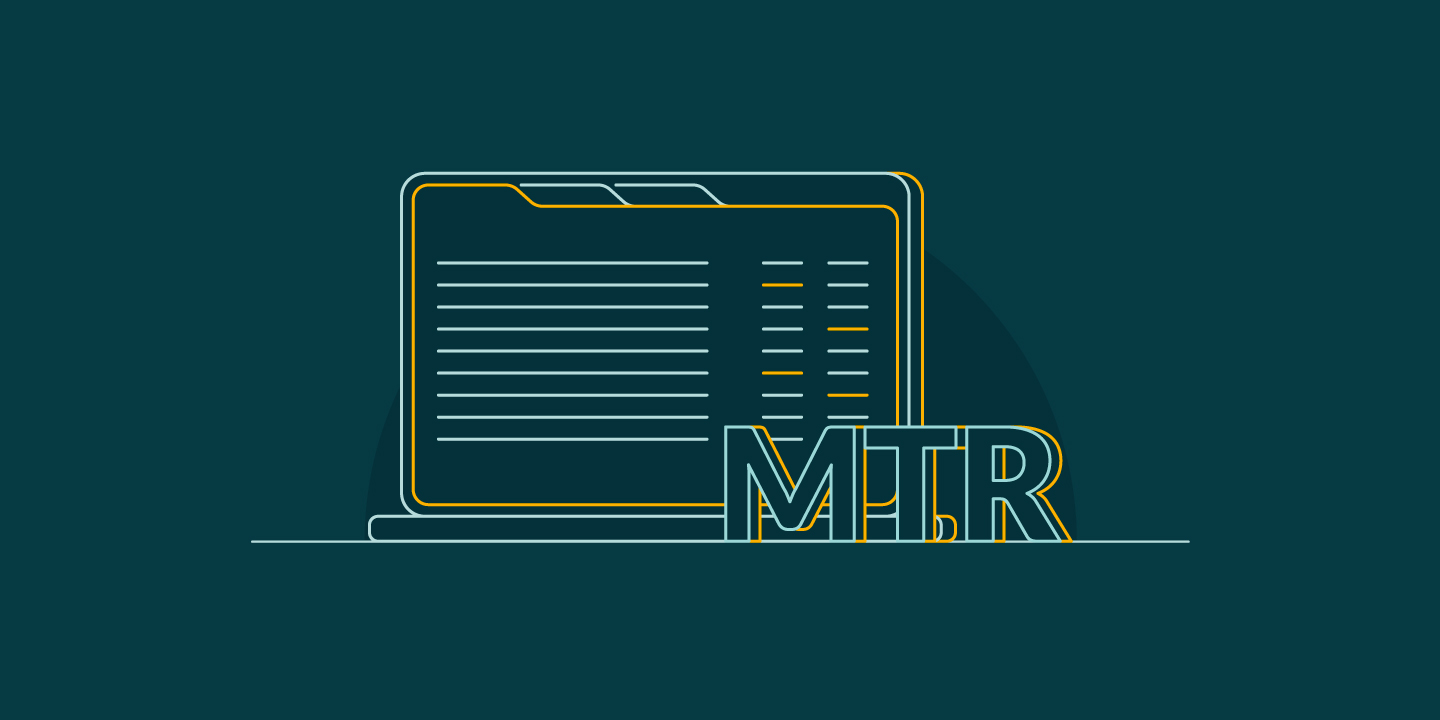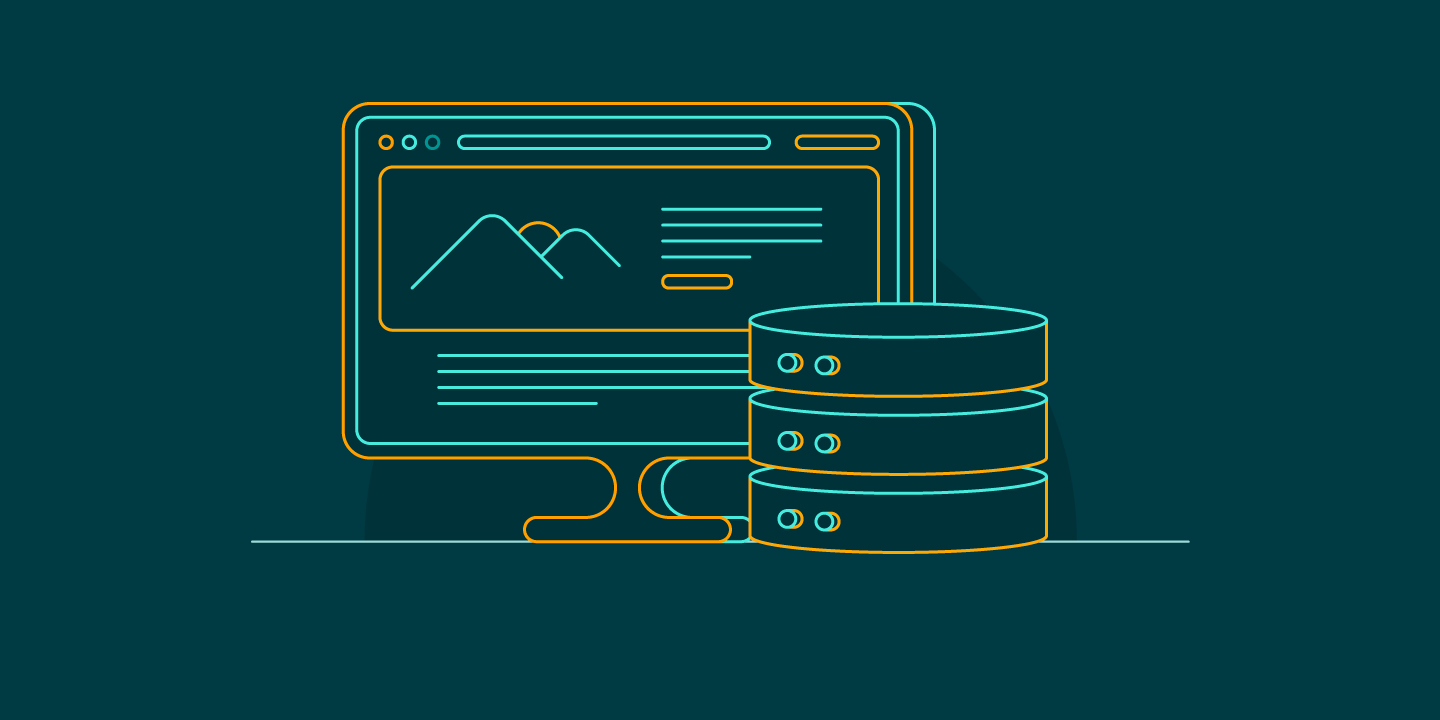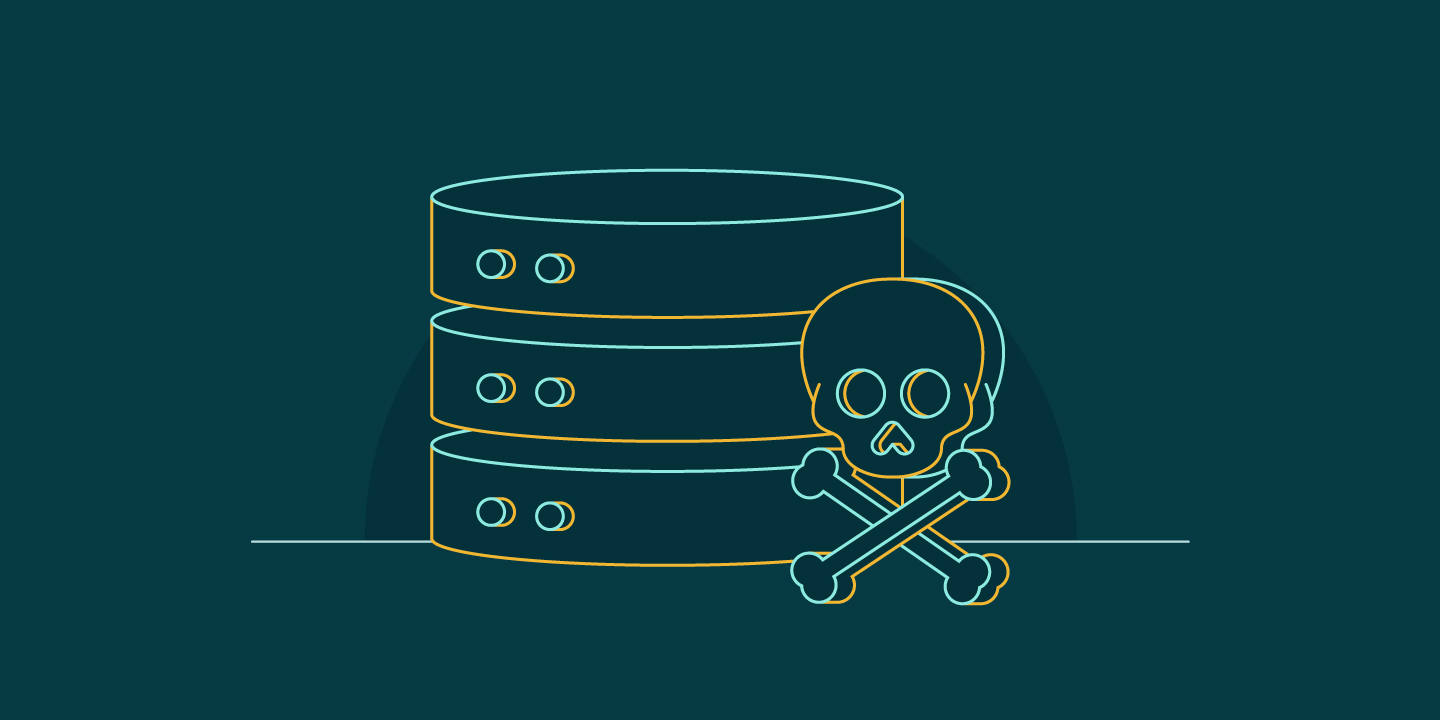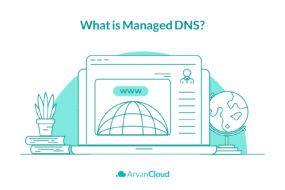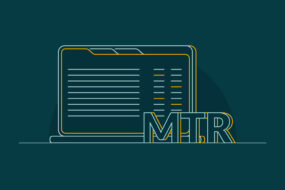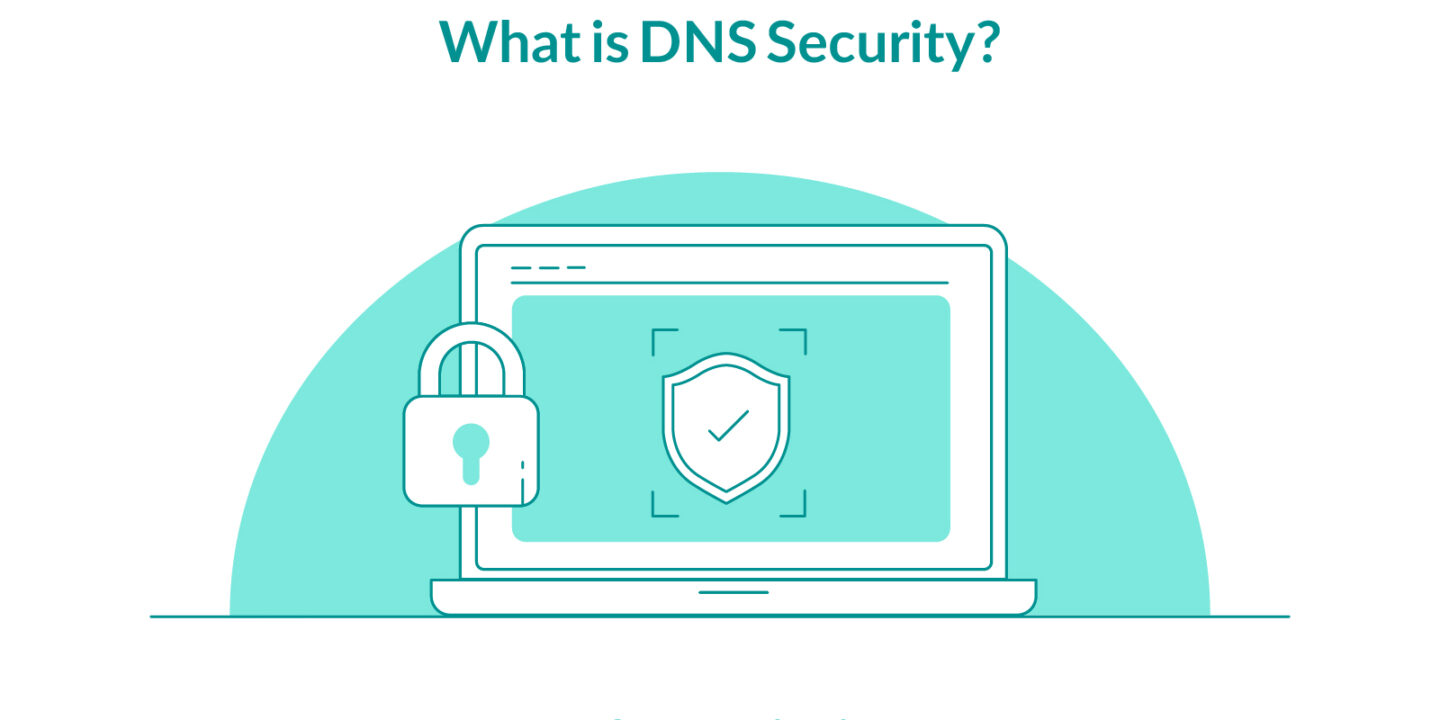
The Domain Name System (DNS) design does not offer proper security protocols, which becomes an issue over time and with growing technologies. DNS is responsible for converting domain names to IP addresses, it cannot provide internal security solutions. For instance, it does not have an identity verification infrastructure for received records, which will redirect visitors to attackers’ websites.
What Is DNS Security?
In experts’ words, DNS security is not a single practice/protocol but a general concept of securing the DNS service. DNS security will require the intentions of the queries. At a basic level, DNS security acts by leveraging DNS data and DNS query traffic for security processes. This will happen if various methods and pieces of software are put into practice. DNS security can be used as a strategic tool. It means it can be incorporated into a network of security plans.
DNS security can be used to secure vital assets in conjunction with other tools such as filters, DNSSEC, firewalls, and on-device agents. DNS security can be used for general concepts, providing deep and granular visibility into internal/east/west traffic in addition to external traffic.
DNS leveraging makes it possible for administrators to gauge the internet queries besides only seeing the query logs. Once there is a complete list of information about a query, the malicious behaviors or patterns can be detected, and patient zero or different infected devices will be identified. To answer specifically to the question “what is DNS security?” the different components of DNS security are explained as follows:
Components of DNS Security
System and Control Security
DNS security can keep the system secure, updating software, offering redundant systems to ensure availability, and controlling update measures. These are the features of the basic layer of DNS security.
Protocol Enhancement
The advanced enhancement is DNSSEC, which requires data integrity and authentication to the signed DNS data. Other protocol enhancements are DNS over TCP, DNS over HTTPS, adding daft privacy on top of DNS communication, and Response Policy Zone that changes how to answer queries to prevent users from resolving malicious domain names.
Security and Threat Intelligence
A Responsive Policy Zone (RPZ) will make it possible for administrators to maintain a ruleset to block specific domain names published by others. This list-oriented approach is called threat intelligence, and it brings overall security. With a trustworthy PRZ feed, the information of safe/unsafe domain names will be updated. The fact is blocking based on PRZ is not the ultimate security method, and there should be other advanced technology involved to analyze the DNS queries.
Analytics and Reporting
Security will not get right on the first try, for the landscape is constantly changing. To maintain a highly efficient security method, specific reports and detailed analytics are needed. DNS servers should produce logs and extract the meaning from those and alert them into actionable items. These reports will help identify security problems and issues or find new trends.
Automation
In the modern enterprise environment, to achieve security, devices and products need to work together. Therefore, the manual resolution is not suitable anymore. Suppose a device has been infected, every second lost, the chance of encrypting other files will get higher. The DNS security solution offers ideal notifications to provide security automation and remediation processes.
DNSSEC vs. DNS Security
In the previous section, DNS security was explained, and it is now apparent that DNSSEC is a part of DNS security. But before getting to the difference between DNSSEC and DNS security, let’s have a closer look at what DNSSEC is?
What Is DNSSEC?
Domain Name System Security Extension (DNSSEC) is a practical method to secure and validate a DNS record without knowing the outlining information around each specific DNS query. But let’s dive into how the DNSSEC works. DNSSEC uses digital signature key pairs known as PKI to validate a DNS query is coming from a proper source. DNSSEC will validate responses to DNS queries before they are returned to clients. In other words, the clients send a DNS lookup inquiring about a specific internet protocol (IP) address through public-key cryptography. The validating selector will perform as a decoder. Once DNSSEC is implemented, all the DNS zones will have a public and private key.
To be more specific about the key pair definition, the public key is available to everyone. It will help with the process of decrypting messages signed by the corresponding private key. The client’s DNS resolver then recollects the answer and validates it by using a different cryptographic DNS key record. Now that the answer is validated, it will be returned to the client, but after the keys link up at the original server. This is precisely when the query will fully resolve.
To put it into simple order, DNSSEC operates using public/private key pairs to sign DNS records digitally: DNS records will be signed with the public/private key pair. DNSSEC query responses will contain both requested records, signature, and public key. The public key is used to compare the authenticity of the record and the signature. Now that DNSSEC and DNS security are explained thoroughly, the differences between DNSSEC and DNS security are crystal clear.
DNS security is a broader and more general concept covering a more comprehensive range of solutions and methods. DNSSEC is a part of this expanded system. While the DNSSEC is only designed to validate the queries, the DNS security requires the intention of those queries and what will happen to them.
DNSSEC will provide the authentication process of DNS queries, but that doesn’t mean it will impact the overall DNS service privacy. DNS security will act as the backbone of the DNS service privacy. You need both DNSSEC and DNS security! Although these two are different aspects of a network security plan, both are critical features to maintain a full DNS security solution.
The DNS protocol must be secured to ensure data authentication, and at the same time, the DNS data flowing through the protocol needs to be analyzed. A result-oriented and centralized DNS architecture will support DNSSEC easily and simply.
Benefits of a DNS Security Solution
While choosing the proper DNS security tools, it is necessary to have the bigger picture in mind and use the best of them to protect data. Some of the key benefits of implementing a purposeful DNS security solution like ArvanCloud DNS are:
Protection Against All DNS Attack Types: A purpose-built DNS security will create an effective defence layer to protect the system against DNS attacks such as DDoS, zero-day, DNS tunneling, DNS hijacking, etc.
Unique Attack Detection Capability: A practical DNS security based on behavioral attack detection combined with threat intelligence will offer end-to-end attack identification from the source to the destination of requests.
Adaptive Security For Service Continuity: DNS security patented innovations will defend and secure DNS service continuity even in case of an unidentifiable attack.
Simple to Deploy and Cost-Effective: A useful DNS security will provide an intuitive interface, policy-driven deployment, and adaptive security with effortless and easy configuration. Easy Integration Within Network Security Ecosystem: A specialized DNS security reaches plug-in libraries and APIs to simplify the defence and response automation.
Conclusion
DNS service as a vital infrastructure is involved in many of our systems’ day to day activities. But to protect the network against attacks, malfunctions, and other malicious issues, it is essential to apply and implement protocols and enforce additional measures to safeguard the data in the modern cyber-landscape. Remember that the traditional network security solutions are not effective when it comes to DNS protection. You can check ArvanCloud DNS for more information about this security product.

